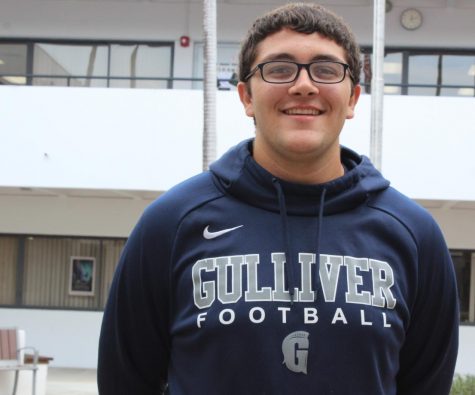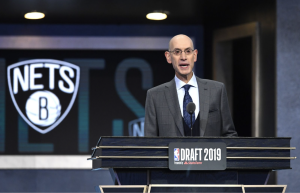Special Report: An Inside Look at Concussion Prevention
September 27, 2019
It is often easy for high school athletes to get distracted by the excitement of the game and forget that their personal safety is just as important as putting points on the board. According to a study conducted by the University of Colorado, nearly 30% of injuries in high school sports are head injuries. Not only do head injuries keep student-athletes off the court or field, but it also deters them from exceeding in school while suffering from concussions.
“As soon as I headed it, I felt my brain almost shake,” said senior Mekayla Frazier, who has suffered from a concussion and plays on the girls’ soccer and softball teams. “That moment I knew something was wrong but I didn’t come out of the game. I started feeling the side effects — you definitely can tell when you get a concussion — I couldn’t control my emotions, I couldn’t think, and I couldn’t study at all, so that was really rough.”
“I got hit and I was tackling someone with my head down, and when I hit them I blacked out,” said senior and football player Diego Lamonica of the time he got a concussion. “I don’t put my head down like that anymore. I always keep my eyes up so I don’t mess up my head again.”
It may be surprising that concussions are very common not only in football, but in many other high school sports, such as soccer, volleyball, basketball, and baseball. Coaches must be on the lookout for head injuries during both practices and games because left untreated, concussions can cause permanent damage to a player’s brain.
“Fortunately at Gulliver we have technology built into the helmet if someone takes a serious shock,” said football coach Eddie Alfred. “They are taken to the trainer, they go through a protocol, and if they do have signs of a concussion they’ll be held out and have to go through some things. If not, then they’ll be put back in the game.”
As common as concussions are in sports, there are many simple measures that can be taken to reduce players’ risk of getting hurt. For example, coaches and trainers can teach their players correct hitting and heading techniques and incorporate neck-strengthening into their training routine.
Although concussions have a reputation of being a brief and unthreatening injury, when left untreated they can drastically affect a high school athlete’s season playing time and even their future. It is important that both players and coaches appreciate the new awareness surrounding head injuries, so the only thing they have to worry about is making plays and not a hospital stay.












